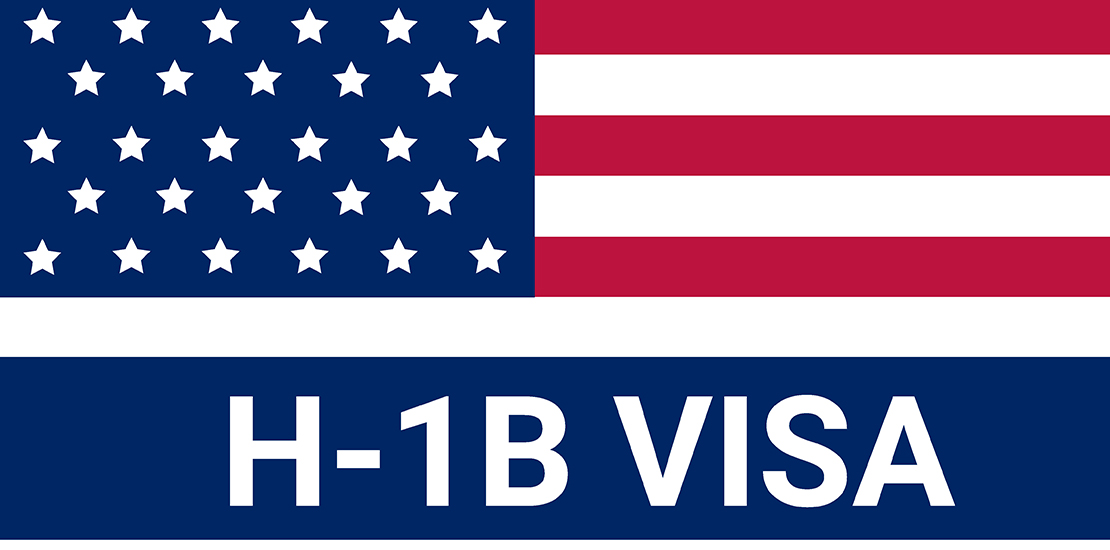- March 5, 2022
- Posted by: PRA USA
- Category: Immigration & H-1B visa

3 H1B Visa Myths (and the Reality)
It seems every aspect of U.S. immigration is controversial, and the H1B visa is no exception. Political organizations and interest groups have been arguing for years it’s being used to drive out American workers, replacing them with cheaper foreign labor.
Some quick facts about the H1B:
- Designed for workers in STEM fields (Science, Technology, Engineering, and Medicine)
- 65,000 new ones are granted a year, with an extra 20,000 for advanced degrees.
- Tens of thousands of applicants more apply every year.
PRA USA has been working with immigrating engineers, the majority of which on H1Bs, for the 30 years we’ve been in business. We know how they’re being used in the real world, along with the real-life stories behind the people who hold them. Too much of the debate centers around ideas that have little or no truth to them.
Here are 3 H1B myths that need to be corrected:
Myth #1: H1B workers are temporary
The word “temporary” is used in almost every article about H1B holders. While that may be the case for some, the majority of the ones we work with are on their path to US citizenship. In fact, around a million H1B holders are approved and waiting for a Green Card right now.
This mistake is understandable since the H1B program was originally created for temporary workers, giving them a 3-6 year window to work in the U.S. What happened in the meantime?
Once upon a time, someone coming to the U.S. to work in STEM would go to one of our schools, getting an F1 visa under the Optional Practical Training Program (OPT). They’d get their Green Card while in it.
The problem is, the OPT program extends to 3 years at the most. In the meantime, it’s taking technical professionals 10+ years to get their Green Card. How do they keep working here after the OPT period runs out? They use an H1B visa.
In fact, without the H1B program, or a new replacement, almost no engineers, doctors, IT professionals, or other technical experts will be able to immigrate to the United States.
That’s a big deal because there’s a global competition for talent. Not keeping these people here, and allowing them to become Americans, means giving up our leadership position. The next great technology or vaccine will be created somewhere else.
Myth #2: H1B workers are hurting American jobs
Another myth has to do with the idea foreign-born engineers are replacing American engineers and driving down salaries. The numbers suggest otherwise.
The engineering unemployment rate in 2019 was 2.3%. With the current crisis, it’s raised to 4.7%. Even with a crisis as catastrophic as the one we’re facing, engineering still has a healthy unemployment rate. That means the H1B program is not pushing American engineers into unemployment.
Also, since last year, salaries for those same professionals went up 2.5%. They’re up a healthy 17.6% since 2006.
It’s a statistical fact that H1B holders have not hurt the job market for engineering professionals, including during the current COVID crisis.
Find Your Next Job Here!
Myth #3: H1B workers are less expensive
On average, H1B holders make 2.8% more than their American counterparts. Adding the costs associated with sponsoring their visas, along with supporting the Green Card process, make an H1B candidate a more expensive hire than a U.S. Citizen. Would companies be increasing their employment costs if they didn’t have to?
The myth is sometimes true, especially when it comes to consulting houses. Ironically, they’ve been the biggest beneficiaries of the immigration push back. When a company needs to get the work done and can’t find the right person, they turn to a consulting
firm, including ones overseas. By pushing back against these foreign workers, we’re empowering those exploiting the system and sending the work out of the country.
The reality is, H1B visa holders:
- Aren’t all temporary
- Don’t hurt the American job market
- Don’t undercut American salaries.
The United States isn’t graduating the number to STEM professionals needed to fill our positions. Last year, there weren’t even enough candidates to fill half of the open tech jobs. The current crisis hasn’t put a dent in that.
The ongoing, global competition for talent leaves us with a stark choice:
Bring the best STEM professionals to the United States
OR
Watch the work go to other countries, taking all the innovation with them.
One quick solution would be to extend the OPT period until those in it receive a Green Card, as the program was originally intended. You can take them out of the H1B program tomorrow, eliminating the cost and risk associated with it.
Beyond that, we need to send a message to the world that the US is still the place to come if you want to build a technology career. We have to let them know we’re open for business and welcome them with open arms. It’s the American way.
For more insights on technology careers and markets, make sure to like, share, and subscribe to the PRA USA YouTube channeland follow us on our website. We’re experts at recruiting in the Electronic, Embedded, and Controls field. Put our 30+ years of experience to work for you!
Leave a Reply
You must be logged in to post a comment.

